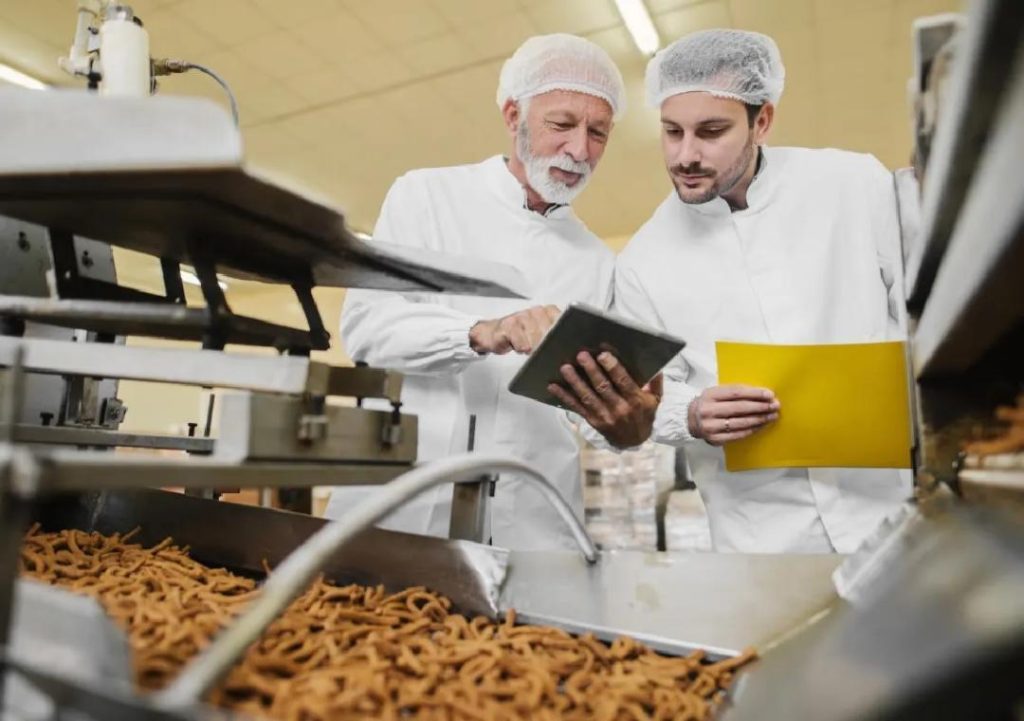
Can P&L Optimisation Redefine Success in Food Technology?
The food technology industry is a realm of constant innovation and transformation. From farm-to-table, to processing, packaging, and distribution, the journey of a product is long and complex. In this ever-evolving landscape, profitability is a top priority for food tech companies. The question is, can profit and loss (P&L) optimisation be the key to unlocking success?
In recent years, food tech companies have been leveraging technological advancements to streamline their P&L operations. Automation, smart inventory systems, and data analytics have become essential tools in the quest for profitability. By cutting waste, sharpening demand forecasting, and supporting better decision-making, these technologies have enabled businesses to boost margins, ensure sustainable growth, and stay competitive in the industry.
One of the primary challenges faced by food tech companies is managing inventory levels. Overstocking can lead to waste, while understocking can result in lost sales. With the help of smart inventory systems, businesses can track inventory levels in real-time, monitor stock movements, and receive alerts when levels are approaching critical thresholds. This enables them to make informed decisions about production and distribution, reducing waste and improving customer satisfaction.
Another critical aspect of P&L optimisation is demand forecasting. By leveraging data analytics and machine learning algorithms, food tech companies can identify trends and patterns in consumer behavior, accurately predicting demand and adjusting production accordingly. This ensures that products are available when and where they are needed, reducing stockouts and overstocking.
Data analytics also plays a crucial role in optimising P&L operations. By analysing sales data, production costs, and market trends, businesses can identify areas for improvement and make data-driven decisions. With the help of advanced analytics tools, companies can identify and address inefficiencies in their operations, reducing costs and increasing profitability.
In addition to these technological advancements, scalable business models have also become essential for food tech companies seeking to optimise their P&L operations. By adopting scalable models, businesses can increase production capacity, expand their customer base, and reduce costs. This enables them to stay competitive in the market, even as competition increases.
Scalability is particularly important in the food tech industry, where production levels can fluctuate significantly depending on factors such as seasonality, weather conditions, and market trends. By adopting scalable models, businesses can adapt quickly to changing market conditions, ensuring that they remain profitable and competitive.
In conclusion, P&L optimisation is a critical component of success in the food technology industry. By leveraging automation, smart inventory systems, data analytics, and scalable business models, food tech companies can cut waste, sharpen demand forecasting, and support better decision-making. This enables them to boost margins, ensure sustainable growth, and stay competitive in a rapidly evolving market.
As the industry continues to evolve, it is likely that P&L optimisation will play an increasingly important role in driving success. By adopting cutting-edge technologies and strategies, food tech companies can stay ahead of the curve, ensuring that they remain profitable and competitive in the years to come.
News Source:
https://www.growthjockey.com/blogs/p-and-l-operations-in-food-tech






